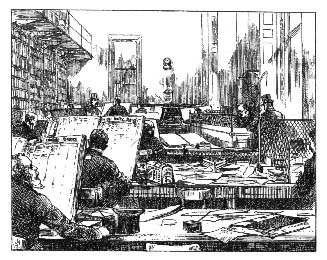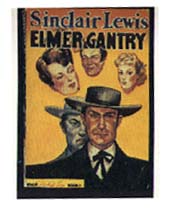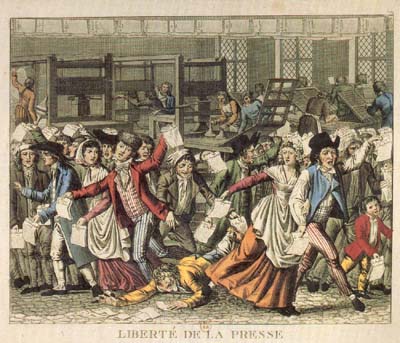- Evaluation: The course is assignment- and
participation-driven. (Participation is 20%.)
There is no final. Instead the students will
prepare and edit their own reviews, articles (historiography
of editorial practices of one journal in their
field), and sample web page in order to
demonstrate competency in documentation
conventions, analysis, and formatting skills (40%).
In addition, the students will work in teams on
assembling content, editing, layout, and
producing student journal and newsletter both in
print and online (three teams, 30%). A mid-term
exam (10%) will focus on a rather standardized
test of proofing, footnoting, and revising skills.
Graduate students, in addition to having added
tasks as team leaders, will be responsible for
presenting and critiquing additional exemplary
journal articles.
|
- Note: Students needing credit for either United
States or European/world history must select
journals, articles, and book reviews in that
field for assignments 1, 2, 3, and 4. I will
circulate a sign-up sheet/contract the second
week of class and will then give your preference
to the undergraduate or graduate advisor as well
as the department chair to make sure it is noted
on your study plan.
|
- We must get the word out. Both the Newsletter and Historia must be
published by the end of the semester. Production teams may have to meet
in 2726 Coleman or elsewhere to work on this outside class time. Accordingly,
we will not meet every class time (see outline above). Much of our organization
and discussion can be done now online. Accordingly, I will set up an
online discussion group for this course. As a first step, I would like
everyone to email me with his or her M-F schedule by January 27. (Anyone
with a documented disability should let me know the first week of class
so that we can make appropriate accommodations.)
|





